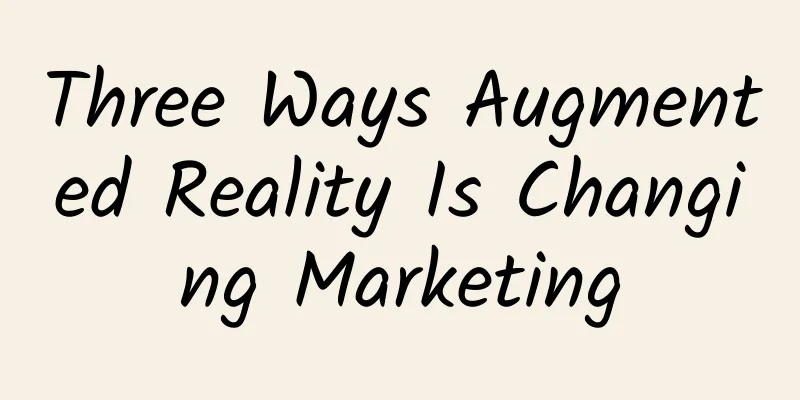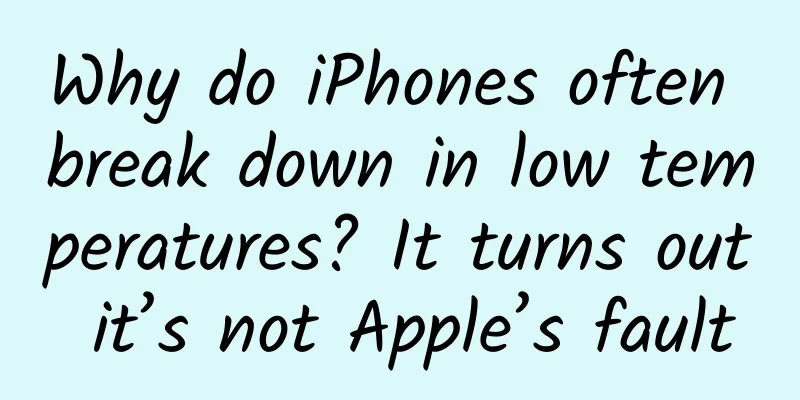Three Ways Augmented Reality Is Changing Marketing

|
Augmented reality (AR) is increasing brand awareness, customer engagement, and perceived value. While VR has been eclipsed among mainstream audiences, the value of AR in marketing is undeniably significant. Leading businesses are already incorporating AR as part of their digital strategies to engage their customers and provide them with a positive experience. The mainstream hype surrounding virtual reality (VR) has somewhat suppressed the popularity of augmented reality (AR). AR in marketing allows businesses to enhance the customer experience by overlaying visual information on regular objects. This provides customers with an enhanced version of reality that is more engaging and informative. 1. Increase brand awarenessHaving an entertaining AR app that creates a memorable experience for users helps create buzz for brands. AR marketing ensures better online engagement, more shares and likes from customers, leading to more exposure and increased brand recognition. Creating AR-based campaigns that are not only entertaining but also provide value to customers, increases that all-important awareness and attracts media coverage. Pepsi’s augmented reality ad at a London bus stop was an early example of how established brands can use the technology to stay competitive. The effectiveness of AR as a marketing tool was proven long ago when fashion retailer Moosejaw launched an AR app powered by X-rays for viewing its print catalog. The app was downloaded over 250,000 times and saw a 37% increase in sales. 2. Improve customer engagementAlthough online shopping has grown rapidly in recent years, offline, in-store shopping is still considered a more reliable way to shop. This is especially true when people want to make long-term investments, such as buying furniture or renovations. Leading brands such as IKEA have used AR technology to allow customers to see whether the company's products are suitable for their homes. IKEA Place is IKEA's AR application that uses the customer's smartphone camera to show how the selected furniture will fit into the customer's home. Not only does the app make it easier for customers to determine the right furniture for their home, it also provides a fun way to experiment. Other global brands such as Coca-Cola and Nippon Paints have also used AR marketing strategies to increase social interaction and engagement. 3. Improve perceived valueUsing AR to provide customers with interesting experiences and services enables brands to showcase themselves as innovative leaders in their industry. It also leads customers to value a brand’s products more than their peers. In a recent study, 40% of respondents were willing to pay more for a product that could be experienced through augmented reality. This shows a direct cause-and-effect relationship between the use of AR and perceived value. The same study also reported that 61% of shoppers prefer to shop in stores that offer AR. Brands are increasingly recognizing the value of AR in driving perceptions and are developing ways to integrate AR into their marketing and customer service channels. It can be said that 2023 is the first year of AR, and the application of this technology will only increase in the future. This should be a wake-up call for those companies that have not yet considered using this technology in their marketing activities. |
>>: Apple is said to have launched generative AI features in iOS 18, including cloud and device
Recommend
WeChat Android version 8.0.11 beta developer update content: optimize the Android 11 experience of mini-programs and mini-games
[[418350]] IT Home reported on August 18 that tod...
A feast of philosophy
I can't remember if I have read Hu Shi's ...
Meizu 17 mobile phone review: independent and unique, a true 5G flagship phone that rides the wind and waves
The first M8 phone was launched in 2009. It is no...
iOS 13.6 beta test version released: You can manually turn off iOS automatic updates
Apple today released the second beta of iOS 13.6 ...
Edge browser expands translation capabilities on Android platform
Following the screenshot feature, Microsoft conti...
New traffic diversion methods in 2020 and 6 implementation steps!
Behind every search action and every click is a l...
[Promotion] Future applications: No matter how fancy your H5 is, what’s the use if there is no traffic?
Zeno once proposed: Human knowledge is like a cir...
Ten key words for entrepreneurship in 2015
[[161410]] In 2015, China's entrepreneurial s...
A guide to creating a short video matrix for “Reading Books in Your Palm”!
I believe everyone is familiar with ZhanDuShu , w...
Can you believe it? It was once freezing cold near the equator
Angola, Africa, near the equator, has a tropical ...
The strategy to break through traffic of top UP hosts at Bilibili!
The top UP hosts at Bilibili have always been reg...
Internet TV is silent, whether LeTV can recover becomes the focus of the industry
LeTV TV is facing its most serious crisis. It was...
How much does it cost to attract investment in the Haikou children’s clothing mini program? What is the investment quotation for the Haikou children's clothing mini program?
How much does it cost to invest in the Haikou chi...
White goods are weak in the basic market, Hisense home appliances are big but not strong
1 Hisense, a well-known Chinese home appliance br...
How to solve the high user churn rate? Here are 10 strategies
Many companies have not developed specific plans ...









